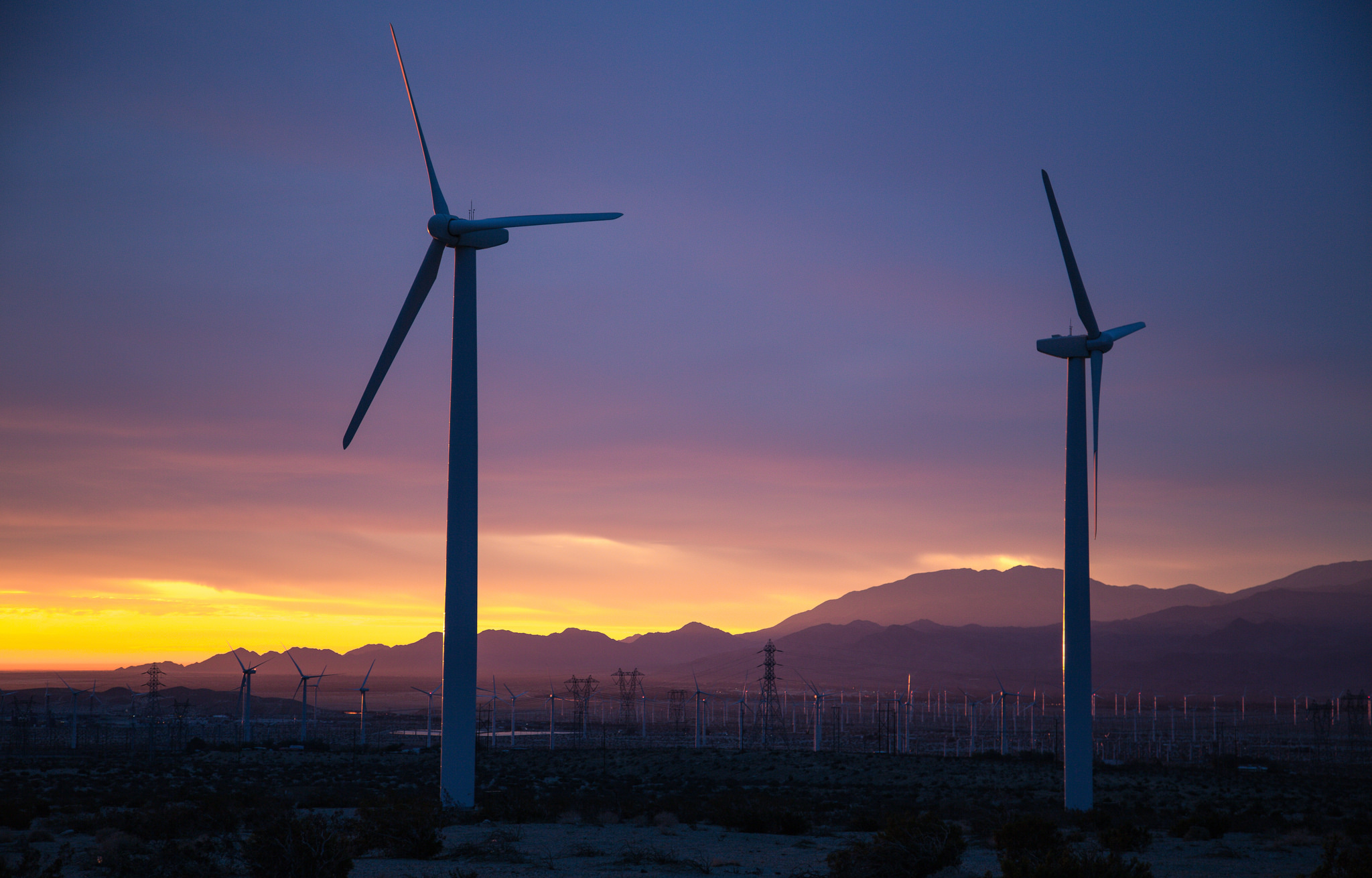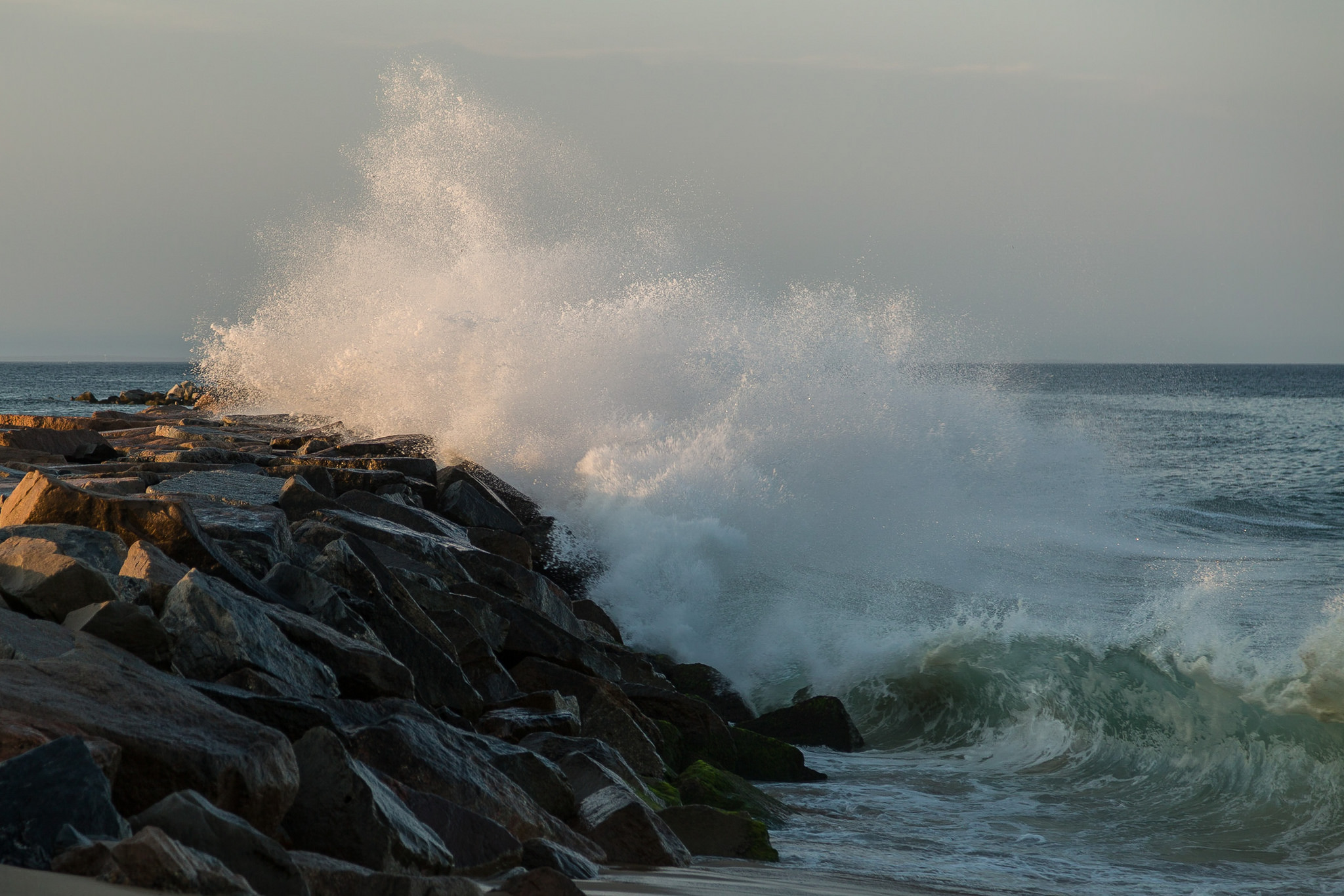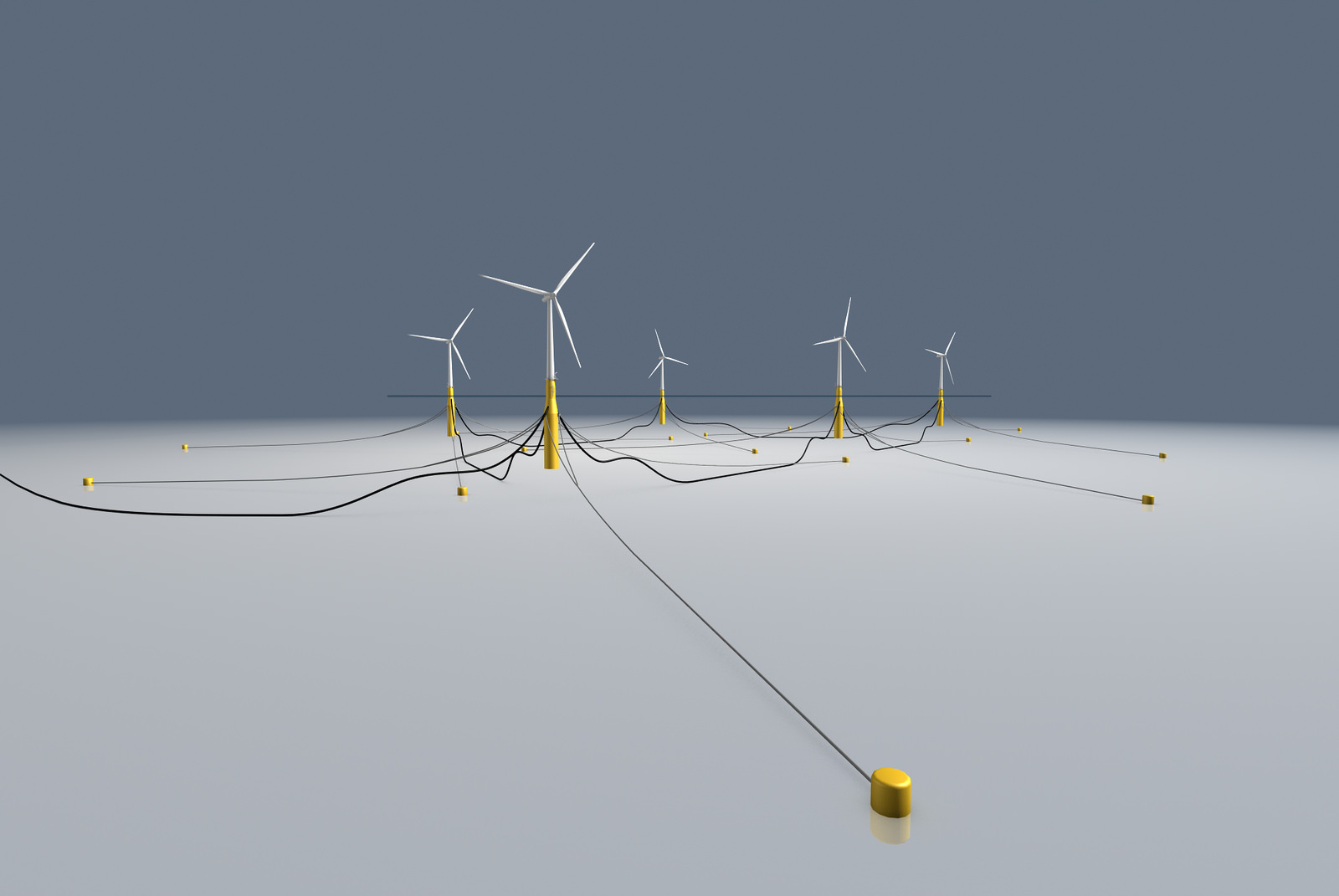Last year was a big year for progress in the U.S. power sector. Renewable energy provided nearly 17% of the country’s electricity, up from 13.7% in 2015. The first offshore wind farm in the U.S. opened off the coast of Rhode Island. And most significantly, carbon emissions from the power sector continued to decline and reached the lowest levels in nearly 25 years.
wind farm
Wind Farms And Ordinary Farms
Farmers in many places have found additional sources of income by allowing wind turbines to be built on their land. One example is the Amazon Wind Farm, which is a massive project of over 100 turbines near Elizabeth City, North Carolina. The 494-foot tall turbine towers scattered over 34 square miles are rising up above farms that grow corn, wheat and soybeans. It is the first utility-scale wind farm in the Southeast.
Floating Wind
Offshore wind power can supply a significant amount of energy to our hungry grid. In many places in Europe, it is doing just that. Here in US, it is just starting to be used in some places in the Northeast, with the first small offshore wind farm coming on line off the coast of Rhode Island.
Offshore Wind At Last
Europe has embraced offshore wind power as a major contributor to its electricity needs for a long time. As of June, there was a total of 3,344 offshore wind turbines with a combined capacity of over 11.5 gigawatts of power connected in European waters in 82 wind farms located in 11 different countries and providing power to millions of people.




